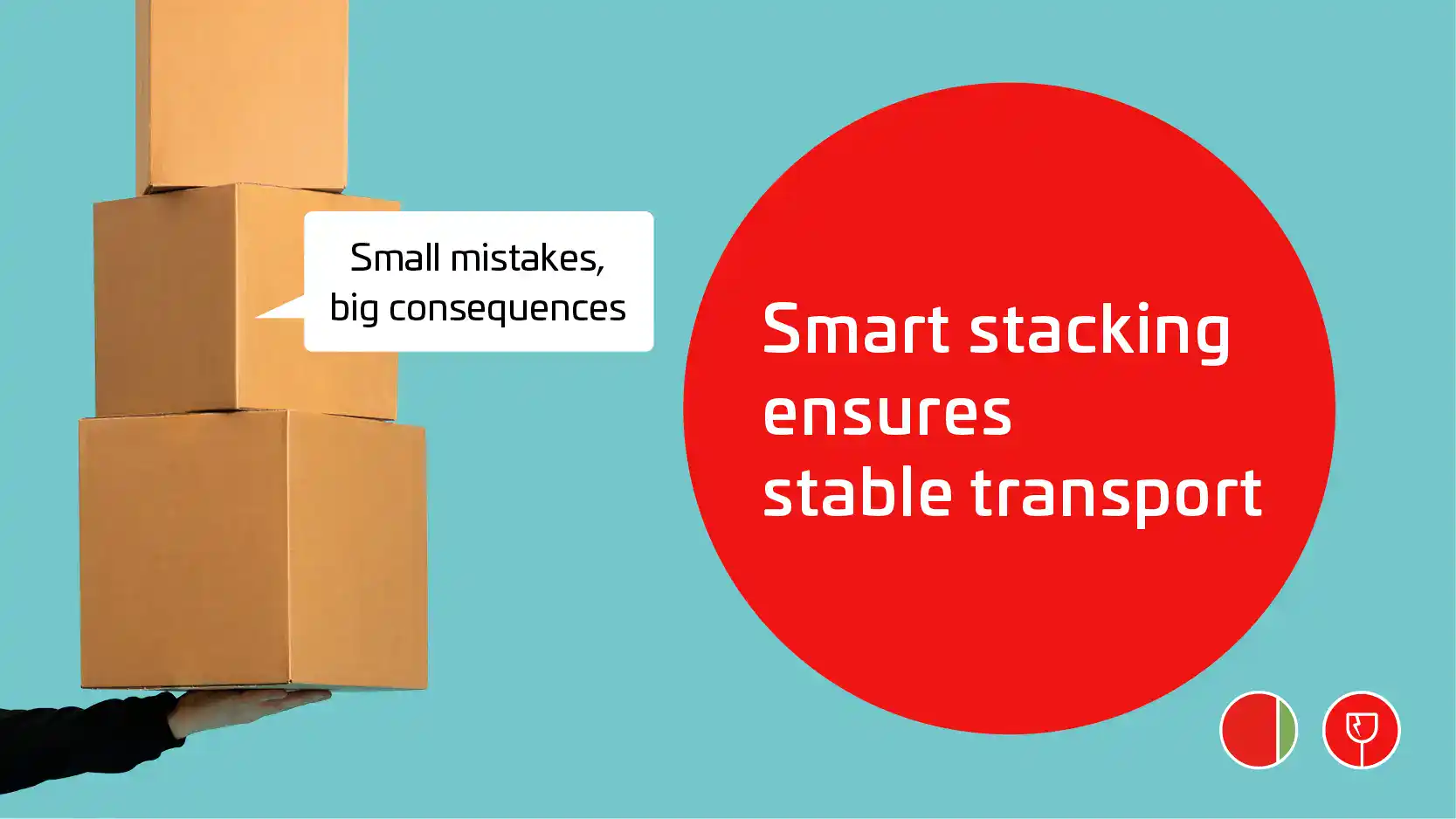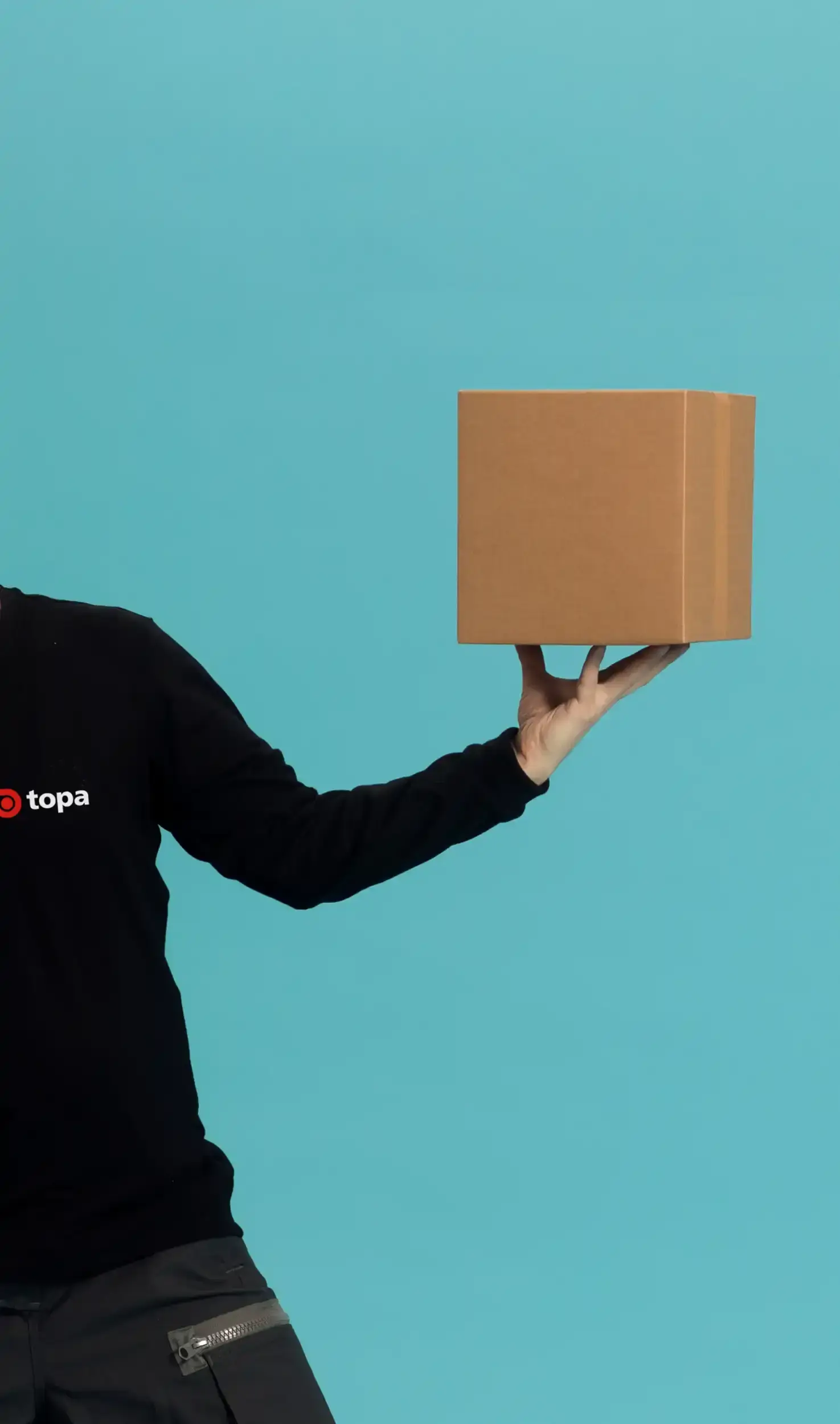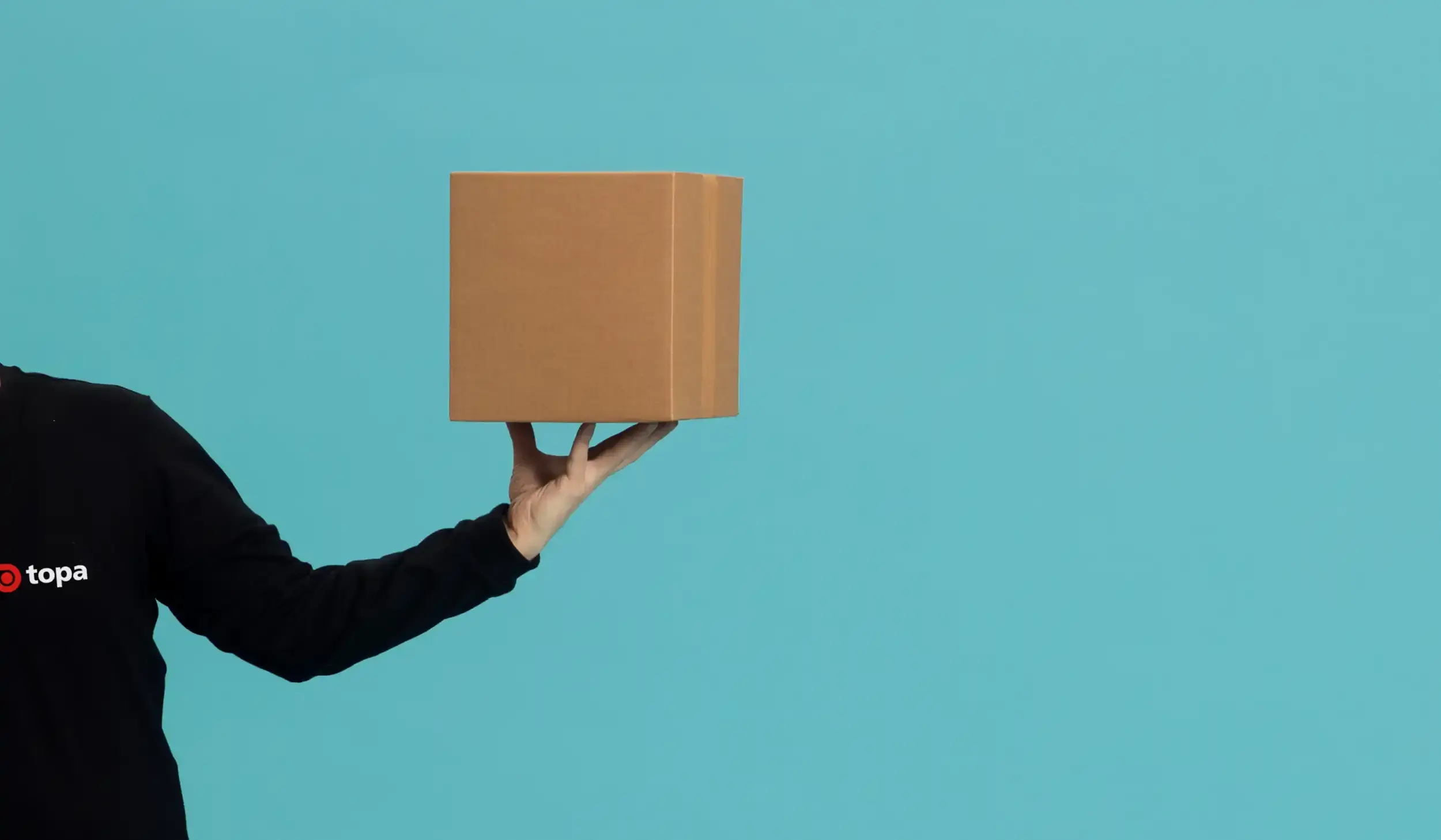Smart stacking ensures stable transport

A well-packed pallet is only as strong as its stacking
Even the most securely wrapped pallet remains vulnerable during transport if the load is stacked incorrectly. Shifted boxes, collapsed stacks or even toppled pallets are often the result of poor stacking technique. Small mistakes, such as placing heavy boxes on top of light ones, leaving too much space between parcels, or letting boxes hang over the edge, can lead to serious damage.
At Topa, we focus not only on packaging, but also on how that packaging is arranged on the pallet. Because a stable load starts with smart stacking.
The strength of proper stacking technique
The goal of proper stacking is to create a stable unit that can withstand the forces it will encounter during transport. Three principles are key:
- Keep the centre of gravity low
Always place the heaviest boxes at the bottom. This keeps the centre of gravity low and reduces the risk of the load tipping. - No overhang or protruding boxes
Boxes that extend beyond the pallet edges lose their load-bearing capacity and are more susceptible to damage. They also weaken the stability of the entire load. - Minimal spacing
Gaps between boxes mean room to move, creating risk of shifting. Ensure tight-fitting layers with as few gaps as possible.
Stacking patterns: column, interlock or a combination
The way you place boxes matters. There are roughly two stacking methods:
- Column stacking
Boxes are stacked directly on top of each other (corner on corner, edge on edge). This offers maximum vertical load capacity and is ideal for heavy or pressure-sensitive products. Downside: reduced lateral stability. - Interlock stacking
Boxes are staggered, like bricks in a wall. This increases cohesion in the stack but reduces vertical strength.
In practice, we often combine both techniques. Using sturdy column layers at the base and one or more interlocked layers on top creates a stack that is both strong and stable.
Support and reinforcement
When using varying box sizes or when stacking irregularly, support may be necessary. Consider:
- Layer pads made of cardboard or plastic to level layers and prevent shifting
- Anti-slip sheets to add grip between smooth surfaces
- Stacking aids such as corner profiles or tubes that reinforce the entire stack
These ensure that mixed loads or difficult-to-stack products can also be transported safely.
Testing for shifting and collapsing
How can you be sure your stack is stable enough? By testing it. At the Topa Institute, we simulate transport scenarios such as braking, turning and vibrations. We assess whether layers shift, boxes buckle, or the pallet tilts.
We carry out tests such as:
- Tip-over testing
- Vibration and acceleration tests
- Compression and stacking pressure measurements
This gives you insight into the strength of your current stacking method, and where improvements can be made.
Working together for more stable transport
Smart stacking techniques are essential for stable pallets, reduced damage and smoother logistics. And the good news is: often, small changes deliver big results.
Want to find out how your current stacking setup performs? Don’t hesitate to get in touch via phone: +31 252 245 200 or email: info@topa.nl.

